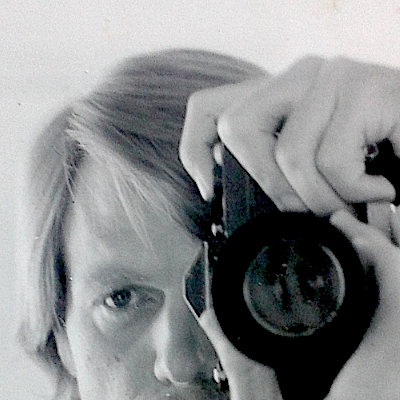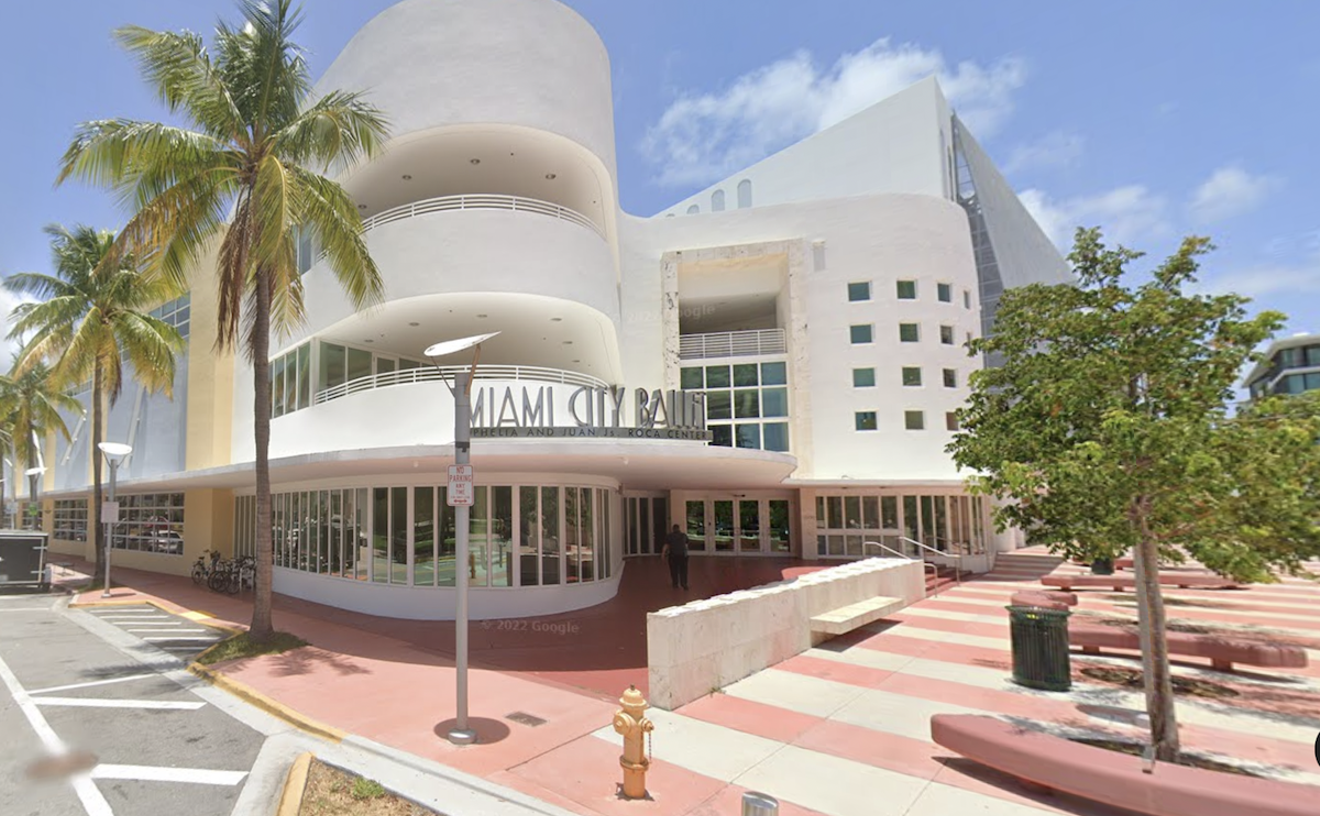White males dominated the city's political power structure, businesses, and newspapers, and the word "change" was not in their vocabulary.
But change was on the horizon.
On January 1, 1959, a bearded revolutionary named Fidel Castro overthrew the government of Cuban dictator Fulgencio Batista, who had been in power on the island for a quarter-century.
At the time, my family and I had been living in Miami for just two years. Our first home was a tiny second-floor apartment near SW Sixth Avenue and Fourth Street, in the heart of Little Havana before it was given that name.
In my first memory of the Cuban revolution, I was standing in front of a store on 12th Avenue and Flagler Street and watching — with little understanding of what was going on — as old Cuban men listened to static-filled news reports from Havana on transistor radios pressed to their ears.
I have a hazy memory of one of them saying in accented English, "He won't last long."
Not long after Castro seized power, Miami began receiving the first wave of immigrants: “Executives and owners of firms, big merchants, sugar mill owners, cattlemen, and professionals," Cuban-born academic Silvia Pedraza wrote in a 1998 paper.
Within a few years, it wasn't hard to find some of those executives and professionals who had been among the first wave of refugees. In the early '60s, I remember one middle-aged Cuban man pumping gas at a filling station on Flagler Street telling my friends and me that he was once a bank president in Cuba.
Around that time, my family had moved into a small house near SW Sixth Street and 36th Avenue. Two blocks away, at SW Eighth Street and 36th Avenue, there was a plant nursery and garden shop. Today Versailles Restaurant stands on that spot.
By the early '70s, some of those early arrivals who had taken menial jobs were, once again, back on top. In December 1971, Life magazine published a piece titled "Making It in Miami, Cuban-style":
At a rate unprecedented among America's major immigrant groups, the 350,000 Cubans in the Miami area have transformed themselves into a thriving prosperous community. They comprise a fourth of the area's population, and their average income has risen to a healthy $8,000 for each family. More than half own their own houses, and they pump a total of $600 million a year into the local economy. Cubans own more than one out of three retail businesses in the city, and have created 6,000 new ones.Little did I know at the time, but my life and that of Miami's Cubans would become intertwined for the next three to four decades. Living in Miami meant you were never far removed from the Cuban exile story. At first, the connection was casual and barely discernible.
The Cuban presence is everywhere in Miami. Much of the city today looks, smells and sounds like Havana...
Today many Cubans still talk wistfully of returning to their homeland. But it is doubtful that many would return if they had a chance.
But by the early '80s when I became a freelance photojournalist, I was inextricably tied to the Cuban exiles and their stories.
Not a month went by without my covering some aspect of the Cuban-American experience in Miami: an anti-Castro demonstration, interviewing exiles at Domino Park or Versailles, going on a ride-along with Coast Guardsmen out of Islamorada as they picked up some Cuban rafters.
The first story I covered with a Cuba connection was the filming of Scarface on Ocean Drive.
After months of bickering and threats by some Cuban-American politicians to obstruct the movie's shooting because they objected to the story, filming got underway in South Beach in the spring of 1983. I was the only photographer present when Al Pacino's character shot a drug dealer in the face.
But after threats of violence from the exile community, the producers shut down filming on Ocean Drive and shot the remainder of the movie in California.
In May 1983, I was part of a team of Miami News photographers who covered President Ronald Reagan's visit to Miami. I never saw Reagan, but I did get a nice shot of a sign welcoming the president to Little Havana.
Three and a half years later, in December 1986, I covered a raucous rally at the Dade County Auditorium where the main speaker was Reagan's White House communications director, Pat Buchanan, who got the predominately Cuban-American crowd going with a fiery speech blasting what he called the media's "frenzied and unbalanced" coverage of the Iranian arms deal.
In January 1991, I found myself on Flagler Street and 42nd Avenue taking pictures of anti-Castro activist Orlando Bosch as he sold limes to raise money. It was definitely an "only in Miami" moment.
Bosch, who was suspected of helping bomb a Cubana Airlines jet in 1976 that killed 73 people, had been on house arrest after being returned to the United States from Venezuela. I hung around for an hour or so as supporters approached him and stuffed dollar bills into his pocket. Bosch died in 2011 at the age of 84.
In 1992, a reporter from the St. Petersburg Times and I collaborated on a profile of 62-year-old Armando Roblan, a Cuban actor who put on a show at the Martí Theater impersonating Fidel Castro. It was an impersonation that some nights was so convincing, old ladies would flee the theater in tears.
That same year, I was assigned by a newspaper to ride with the crew of a Coast Guard boat out of Islamorada as it picked up a group of Cuban rafters in the Florida Straits. As a photojournalist, it's always been my goal to remain meticulously impartial. But as the Coast Guard boat headed back to Islamorada, I struggled to keep my emotions in check as I shot pictures when one of the crew members helped a rafter to his feet while he got his first view of America in the distance.
But covering Miami's exile community always meant that a seemingly routine story might turn into a powder keg. When a promoter booked the Cuban dance band Los Van Van to play at the Miami Arena in October 1999, hard-line Cuban exiles were outraged. One Cuban radio commentator suggested on the air: "We should film everyone who enters the concert so that later we can show the images publicly."
The night of the concert, Miami Police deployed a contingent of riot-gear-equipped officers to keep some 4,000 protesters separated from concertgoers.
Police had announced they would charge concert promoter Debbie Ohanian $28,000 to cover the pay of the 150 officers needed for security and another $3,000 for barricades to cordon off areas set aside for the concert protesters.
Rocks and bottles were thrown, but there were no serious injuries, and police made only six arrests.
A month later, on Thanksgiving Day 1999, fishermen found Elián González, a 5-year-old Cuban boy, clinging to an inner tube off Fort Lauderdale. The boy and more than a dozen other Cuban nationals had been tossed into the sea after their boat capsized. Eleven others onboard — including the boy’s mother — perished. Elián and two others survived. After just one day in the hospital, he was turned over to Miami relatives.
In 2010, I wrote, "I showed up at the house on NW Second Street a few days after [Elián's] arrival because I sensed there was something different about this story, something that set it apart from the hundreds of other stories that I’ve covered in Miami’s Cuban-American community."
And for the next five months, my instincts proved to be correct.
“[Elián's story] was a perfect storm,” CBS 4 reporter Jim DeFede told me in 2010.
DeFede, who covered the Elián saga while a staff writer at Miami New Times, says, “Not even the recent reports of Fidel Castro’s death touched off the sort of passion that the Elián story did."
In an April 2000 New Times story, DeFede wrote, "Through no fault of his own, this 6-year-old boy has proven to be the single greatest destructive force in South Florida since Hurricane Andrew."
After Elián returned to Cuba with his father, things calmed down a bit in Mami.
In 2002, while on assignment for the St. Petersburg Times, I found myself in the studios of WQBA, where Fidel Castro's daughter Alina Fernandez hosted a radio show that she used to criticize her father.
But not every interaction with the exile community happened while I was covering a story.
While having dinner with an out-of-town friend at Versailles seven or eight years ago, I was reminded that only at Versailles can a seemingly routine dinner suddenly morph into a scene from a spy thriller.
Sitting at a table a few feet from the front door, I looked up and recognized a man I'd seen in recent news reports. Not entirely certain, I asked one of the waiters who the man was.
"He is Luis Posada Carriles. He blow up airplane, kill many people," he responded calmly in a tone one might use if asked directions to Miami Beach.
Shortly after midnight last Saturday, I awoke after falling asleep watching a movie.
Checking my email news alerts, I learned that Fidel Castro had died.
I turned on CNN for two or three minutes as it showed Cuban-Americans celebrating in front of Versailles, and then turned it off and went back to sleep.
Fifty-seven years after I first stood on the corner of 12th Avenue and Flagler Street, Fidel's story had come to an end.











